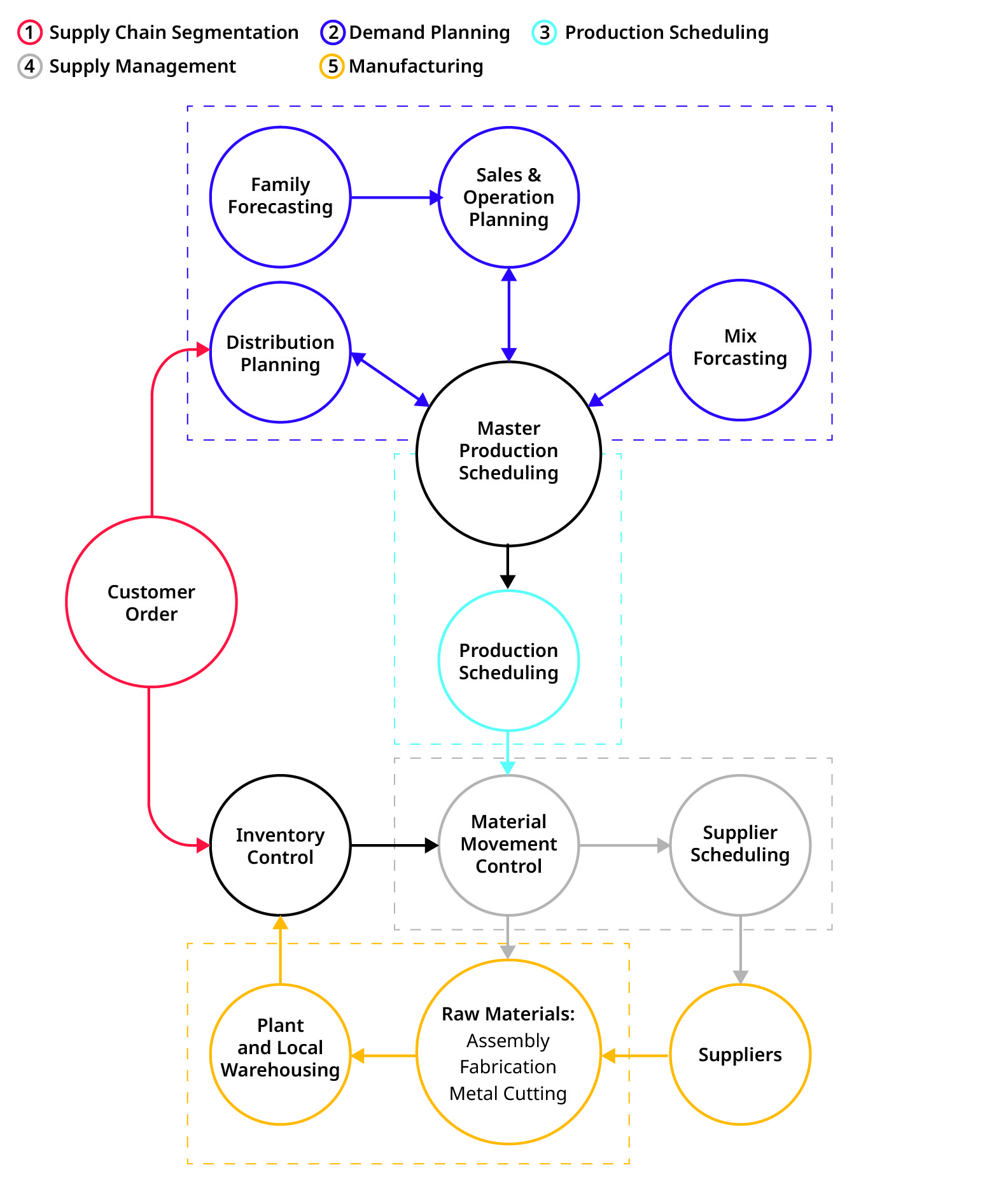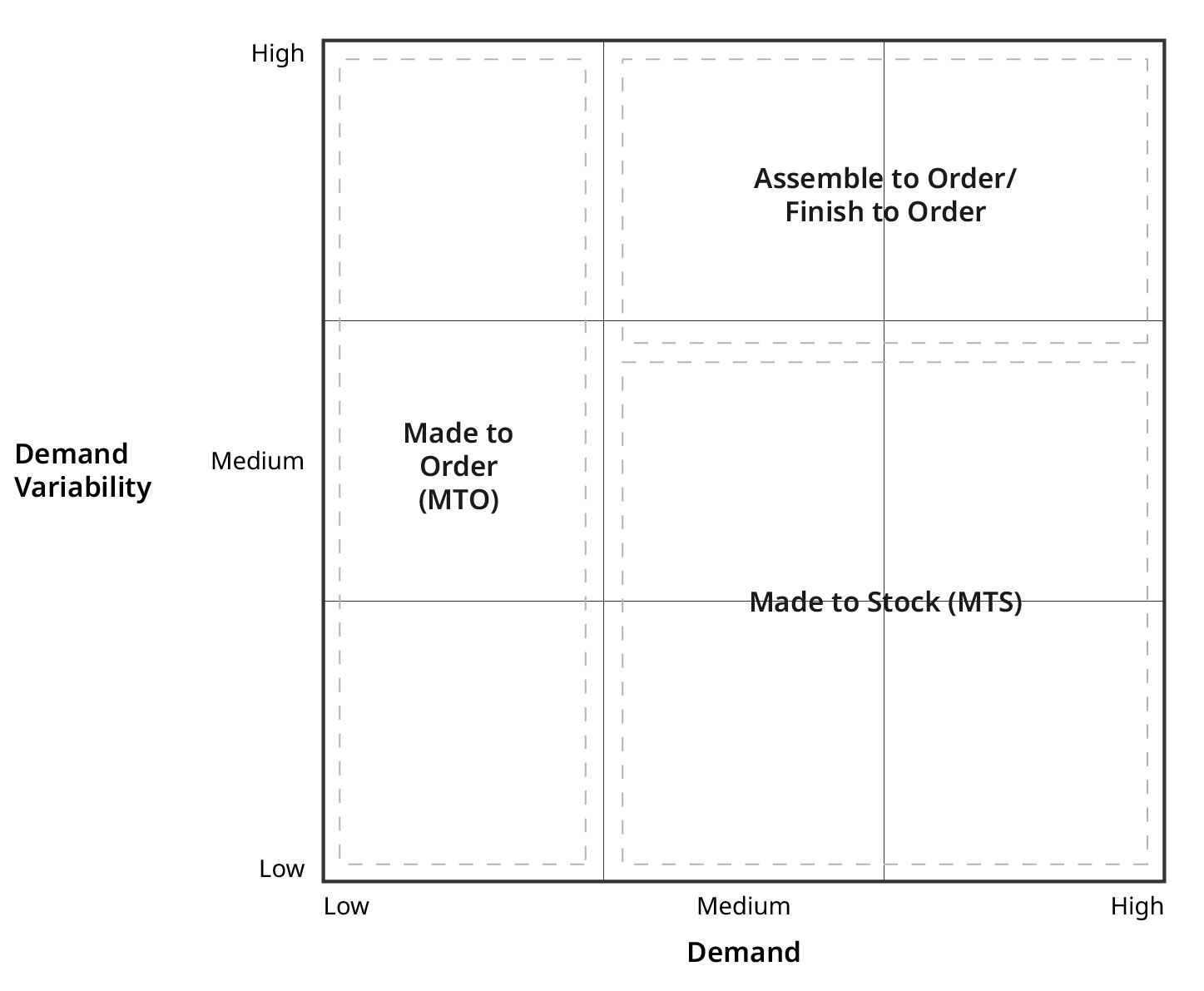By: Tushar Narsana, Rohit Singh, Jochen Graff, David Kaufmann
This article was first published on May 14, 2020.
As business leaders grapple with managing the fallout from the COVID-19 crisis, it is useful to look at lessons learned from prior global financial crises. Our research on the 2009 recession shows that public manufacturing companies that chose to transform their businesses during a time of crisis emerged almost five percent stronger in EBITDA (earnings before interest, taxes, depreciation, and amortization) margin compared to their peers. Conversely, companies that took no action lost EBITDA (and potential market share) to their peers.
As we emerge from the lockdown period, businesses need to make the most of their knowledge and assets to navigate their way ahead. Here efficiency and agility will be key. One way to achieve this is through transforming Sales and Operations Planning (S&OP), a core cross-functional process. We estimate that near-term improvements to S&OP could start delivering results within a quarter and would make the change self-funding.
S&OP’s Strategic Potential
In an ever-increasing competitive environment, it is crucial to deliver results on multiple dimensions: enhancing flexibility, setting the fundamentals for service differentiation, and reducing cost and inventories. Over the last two decades, most companies have recognized the importance of S&OP as a critical process to balance supply and demand, but many organizations are merely using S&OP as a tactical tool; few have realized the full benefits of its strategic potential (see Recession-Proof Your Supply Chain).
As businesses start to understand today’s new normal, many questions remain about how to leverage and adapt S&OP in these difficult times. How will demand be affected both short and long term? How will firms cope with interruptions on the supply side? And how will they deal with constraints to capacities? Some firms may even choose to implement a “crisis S&OP” for the next twelve months, or at least until there is a greater feeling of confidence and stability.
Exhibit 1: Five levers for Sales and Operations Planning transformation

Source: Oliver Wyman analysis
The Five Elements of S&OP Transformation
Despite the current uncertainty caused by COVID-19, in our experience, there are five fundamental elements of S&OP transformation companies can consider as they apply to both, crisis and normal times:
1. Strategic supply chain segmentation: Segmenting customers and products based on their profitability and supply chain needs will enable companies to meet customer requirements and manage their cost to serve. In conjunction with customer segmentation, the products should be segmented, such as Make-To-Order (MTO) versus Assemble to Order (ATO) versus Make-To-Stock (MTS). Service policies, such as delivery lead time and minimum order quantity, should be aligned end to end in the supply chain as well.
For example, a high-growth industrial products manufacturer serving the building construction industry was struggling to improve order on-time delivery, threatening their market-leading product position and reputation in an industry driven by delivering projects on-time and on-budget. A detailed evaluation revealed a one-size-fits-all supply chain that was not optimized for short order lead times. Using an approach based on product demand and variability, this company segmented its product lines into three supply chains, customized the fulfillment process based on the supply chains, and improved its order on-time delivery by more than 30 percent.
Exhibit 2: Product segmentation for improved service and supply chain performance

Source: Oliver Wyman analysis
2. Improved demand planning: It is vital to optimize the planning methodology to set clean and well adapted S&OP fundamentals: horizon, granularity, and frequency of each step as well as shared and connected data streams. Here firms can potentially use the power of digital to improve the demand forecast and leverage multi-view demand planning process to help with forecasting with input from the commercial organization that provide inputs such as market trends, new product launches, promotions, and competitive considerations.
3. Disciplined production scheduling: Firms should develop capabilities to optimize production throughput and cost while achieving the desired service levels. Ensure that the production plans are refreshed at the right frequency, the time fences are honored, and production schedules are followed. Here firms should also implement performance management and continuous improvement processes to improve production to plan and asset productivity.
4. Agile supply management: This area can be improved by securing supply sources, optimizing lead times, and managing multi-sourcing strategies to mitigate risks. While costs remain key, new indicators should see their importance raise (for example, related to risks, co-innovation, co-development, or sustainability) to build a stronger, more agile relationship with suppliers.
5. Streamlined manufacturing: It is also important to set up lines for efficiency versus agility. In one example we have seen, a commercial vehicle industry supplier realized over time that their product had become so complex that they had more than 1,500 final product options for a simple assembly of forged components. Their engineers accepted all specification requests from customers, causing frequent line changes and stoppages, without realizing that 95 percent could be standardized into less than 24 total options. After simplifying its product offering, this company assigned high-volume lines to few MTS products (about 60 percent of volume) to achieve cost efficiencies—versus lower volume lines with high stock-keeping unit (SKUs) complexity to ensure higher agility. In other words, align manufacturing strategy with the product segmentation (such as MTO versus MTS). This led to EBITDA doubling in six months and plant utilization increasing from the low 40s to higher than 70 percent.
Setting performance targets based on this design, for example, target OEE (Overall Equipment Effectiveness), should be based on considerations like product mix on the line, demand volume, and the number of changeovers driven by customer service considerations.
The key enablers to achieving this transformation are setting up disciplined polices and governance, more robust performance management, and one single data baseline. Also, the potential of leveraging digital techniques should be evaluated. For example, in almost every situation, an AI-enabled, statistical, forecasting engine is a simple technique that can be deployed quickly for MTS products.
The Road Ahead
Even before the COVID-19 pandemic, organizations experienced many benefits from optimizing the performance of the S&OP process. As we move out of the lockdown period, the current environment demands even greater resilience and adaptability. In turn, it is even more essential to finetune S&OP to prepare for an uncertain future.
Companies must take this time to run data-driven scenarios to help prioritize S&OP improvement levers based on complexity and impact on the business. Ultimately, manufacturing companies should emerge 20-30 percent leaner, at a minimum. This has a direct impact on EBITDA, plus affords higher On-Time Delivery (OTD) and more efficient working capital. When done well, this could give organizations a tactical advantage over their competition.

Tushar is a Detroit-based partner in the Manufacturing, Automotive and Aerospace practices.
Find out more
Rohit is a Partner based in the Houston office.

David is a Partner in our Operations and Manufacturing Industries practices.
Find out more






